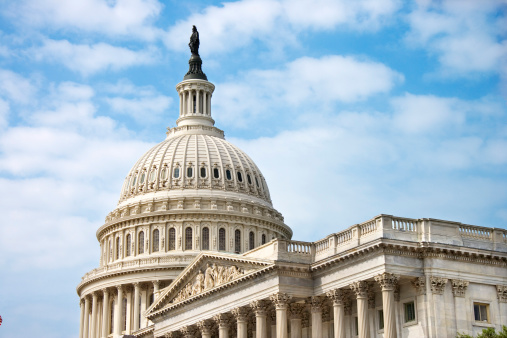The S&P 500 finished January down (5.26)%, while the Nasdaq Composite finished (8.98)% and the Dow finished (3.32)%.
After a rocky start to the year, U.S. equity markets are in or near correction territory and the NASDAQ is near bear market territory. Understandably, many investors are nervous about reliving the volatile days of March 2020 – as a result, sentiment has noticeably soured. However, to make better sense of this period of inferior performance, it is worth taking stock of a few things: what is driving this correction, how should it be framed within the context of the 2022 outlook and where might markets move from here?
It has long been understood that 2022 was going to be a challenging year for equity investing. There are plenty of problems that today’s stock market is facing: the prospect of rising interest rates; upward pressure on input costs; a slowing U.S. economy; the ongoing pandemic; and stretched valuations, escalating tensions in Ukraine between NATO and Russia have all challenged sentiment.
Technology names have long been susceptible to the issues mentioned, and as rates rise, investors’ willingness to look beyond poor near-term earnings prospects diminishes.
Looking forward, excepting a diplomatic resolution to the looming conflict in Ukraine, most of these issues seem unlikely to abate: the Fed has made clear that it will continue normalizing policy this year; an increasingly tight labor market with millions of unfilled positions will likely cause continued upward wage pressure; and the supply chain issues that have contributed to the lion’s share of inflation in recent months will require at least several more months to correct.
For these reasons, investors will do well to look for two things in equity markets this year: attractive relative valuations and the ability to generate earnings despite persistent headwinds. For now, cyclical and value assets still possess those qualities, with value stocks trading at a steep discount relative to growth stocks and strongly correlated to GDP growth.
Investors must recognize that 2022 will continue to be a bumpy ride.
As a side note, this is a mid-term election year. Markets do not like uncertainty, and that seems to apply especially around the mid-terms. On average markets tend to have little or no gain during the mid-term years until after the elections, then they tend to average about 15% through the final quarter. Source: Capital Group, RIMES, Standard & Poors.
Check out my monthly MarketWatch blog at: https://wsmtexas.com/marketwatch
Have a question? Let me know! Email me at kcompton@wsmtexas.com.

